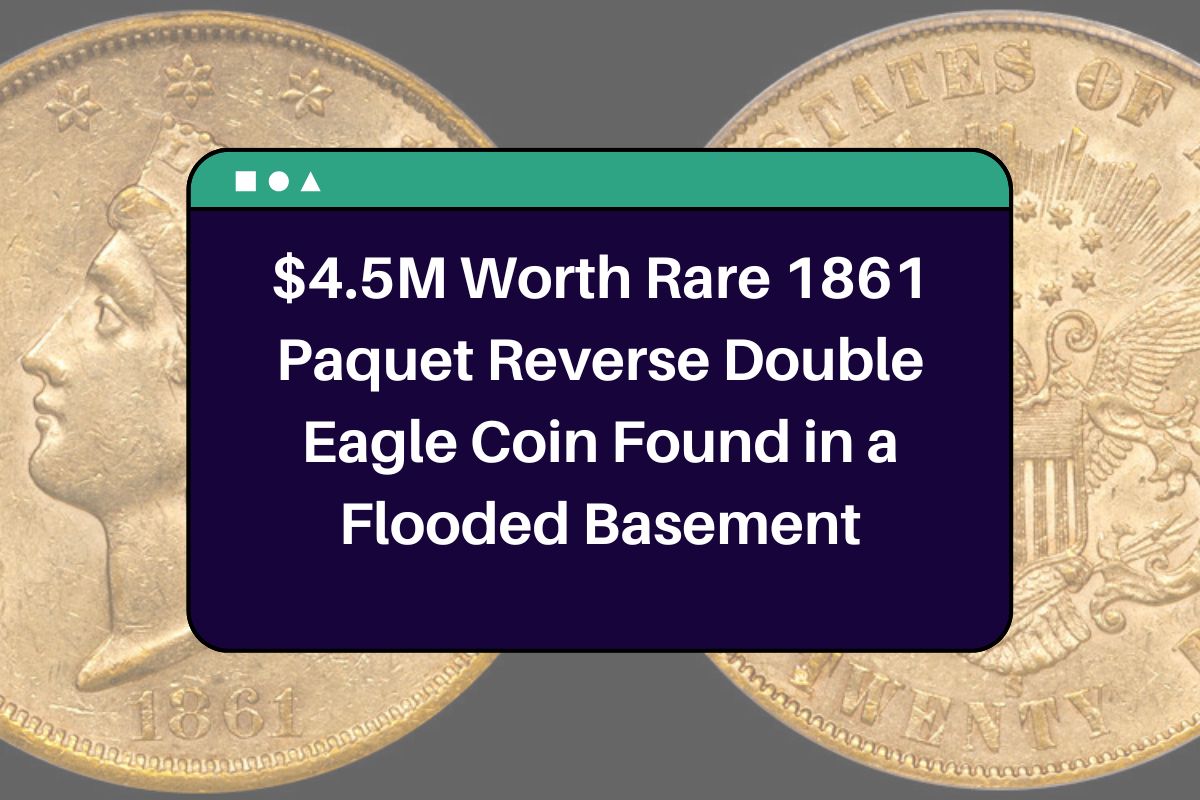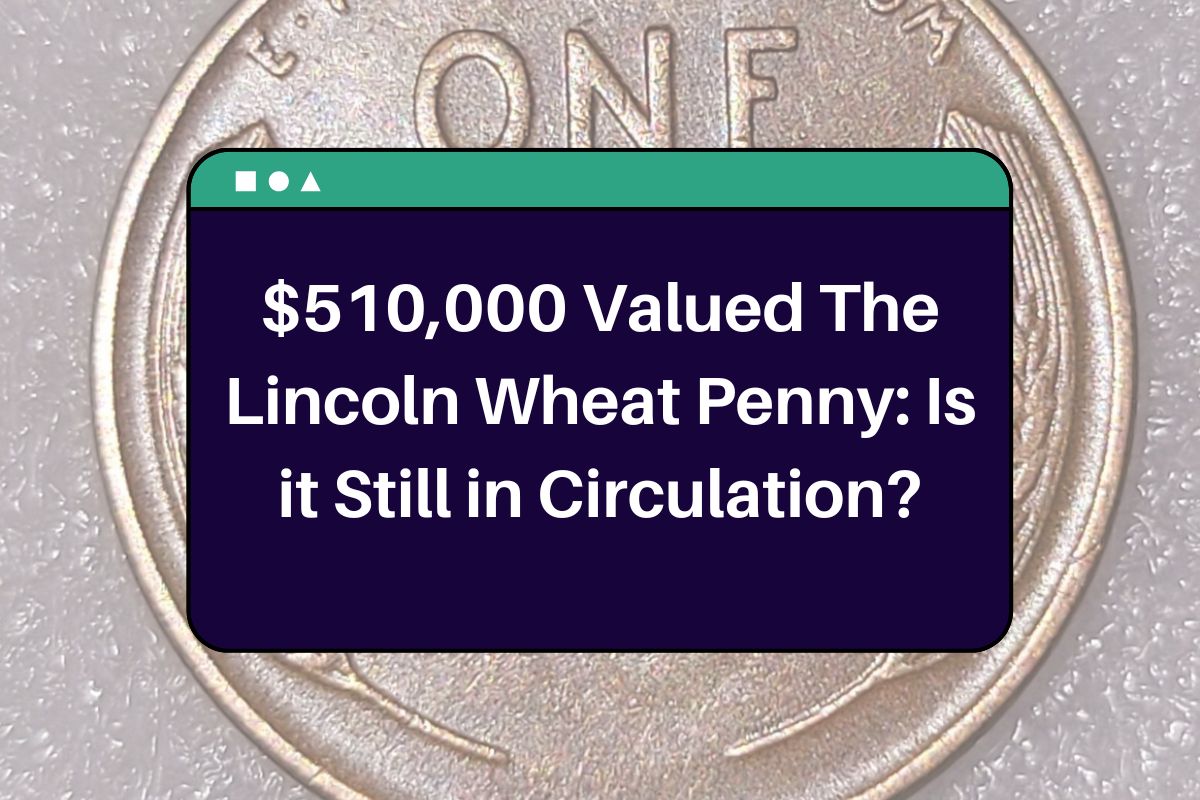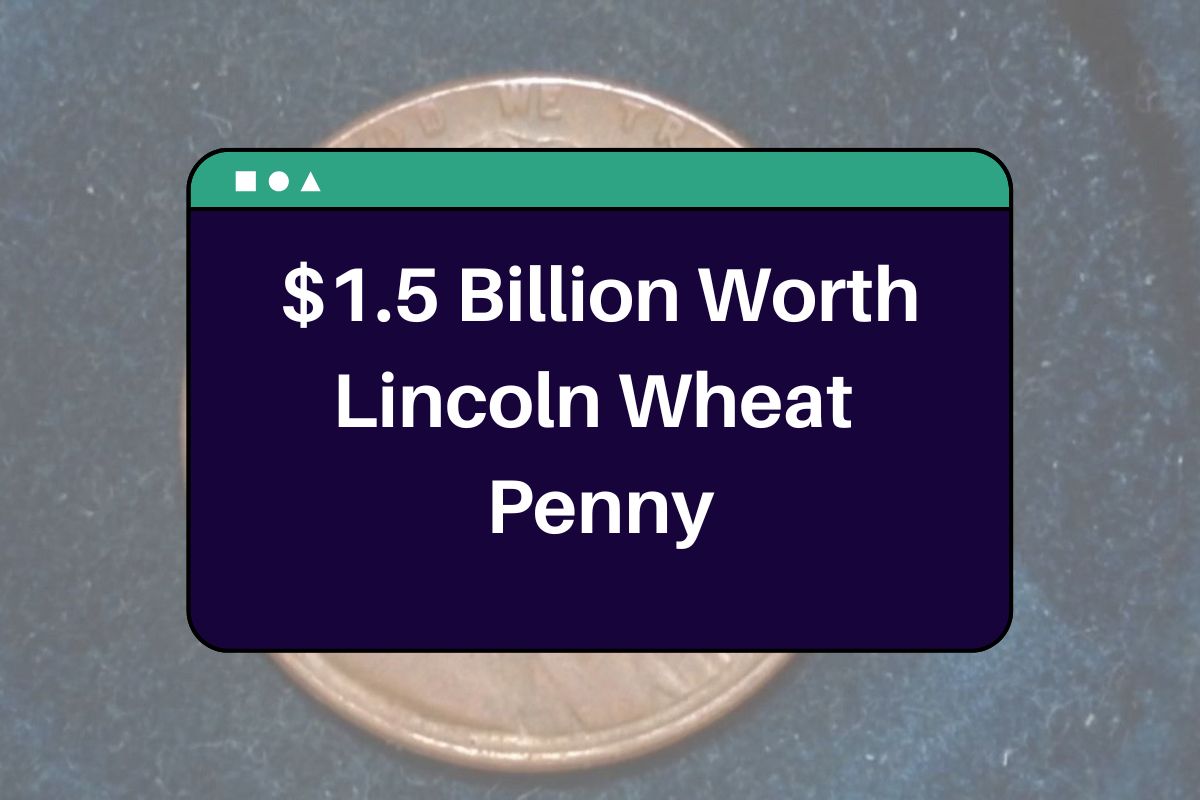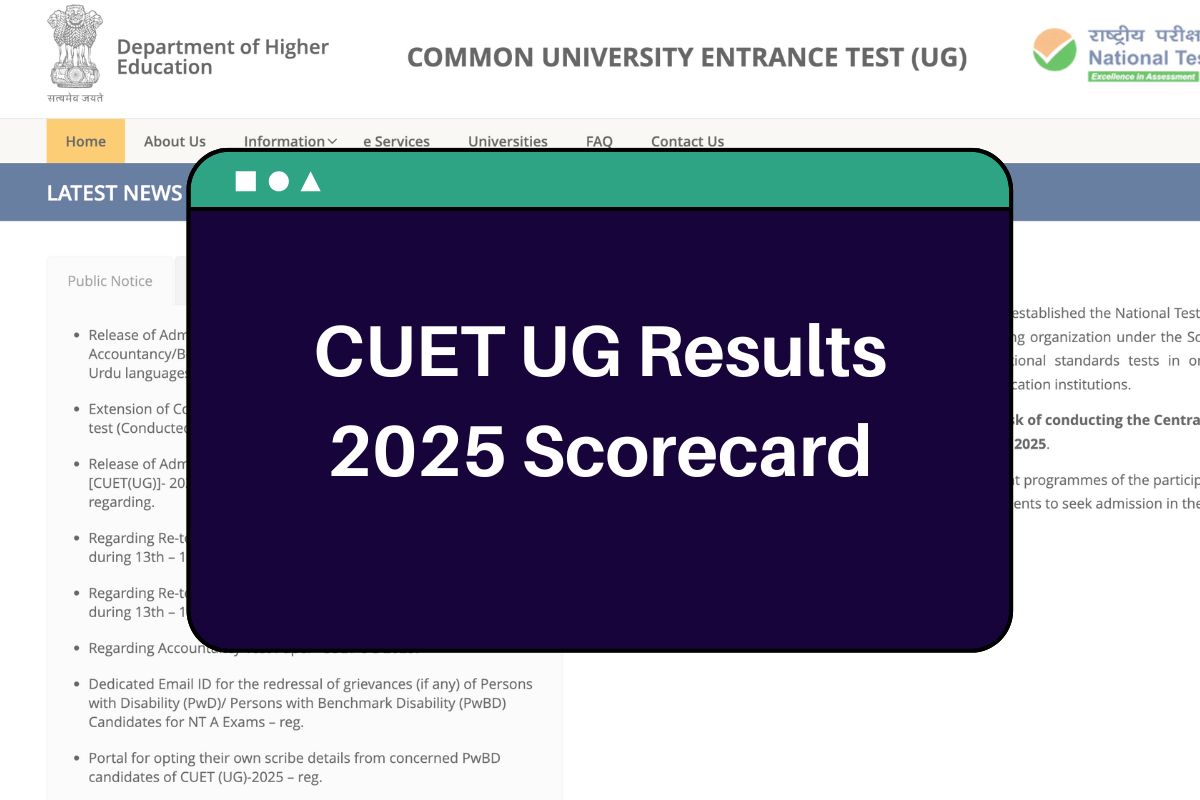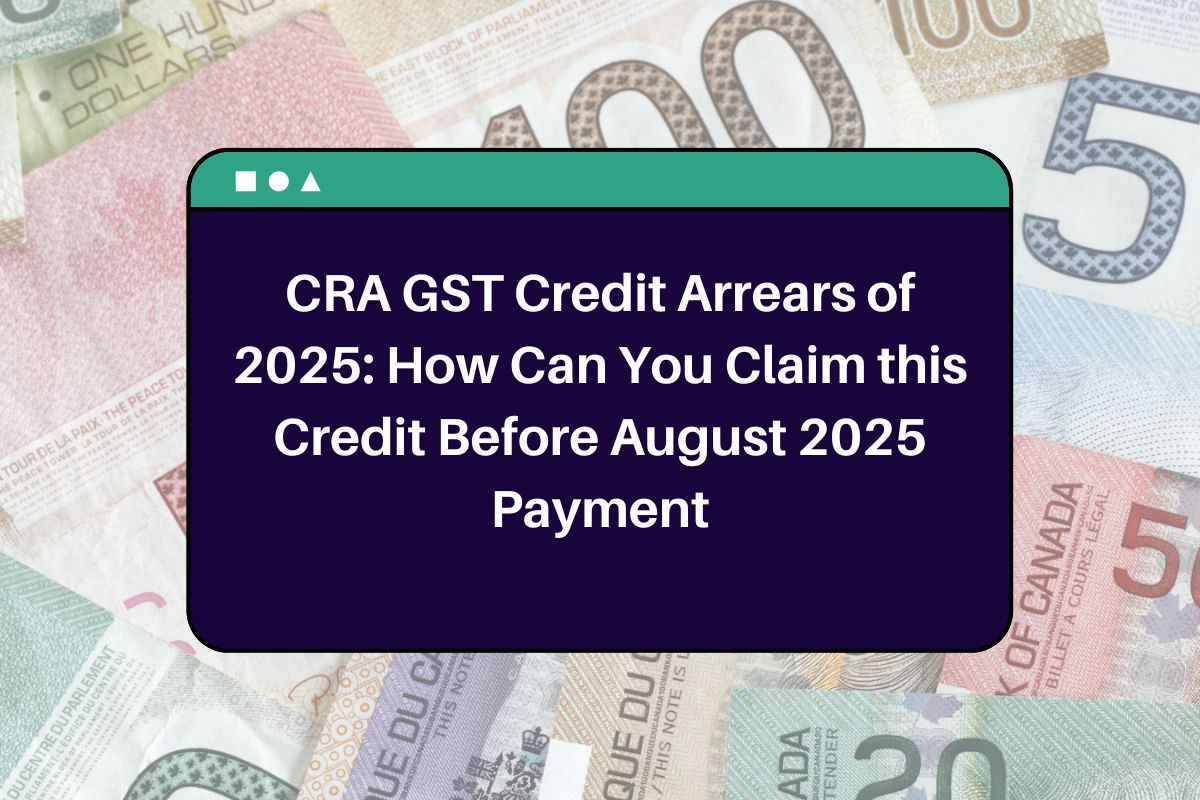The Rare Bicentennial Quarter Worth $8 Million is one that has gained the interest of the world’s collectors and enthusiasts. Mined between 1975 and 1976 to celebrate America’s 200th anniversary, these quarters are more than pocket money—they are pieces of history. Though circulated in the millions, there are a few rare coins that are exceptional because of exceptional minting errors and unusual traits that drive their value into the millions.
$270 Million Worth Each 8 Rare Bicentennial Quarters
Did you know that while most quarters are just worth their face value, there are some rare ones that can fetch tens of thousands or even hundreds of thousands of dollars? In fact, the ten rarest quarters combined can be valued at over $250 million! Believe it or not, some of these coins might still be hiding in your pocket change or sitting quietly in a jar on your dresser. Let’s dive into what makes these coins so special and how you can figure out if you’ve got a hidden gem on your hands.
8 Famous Bicentennial Quarters and Their Stories
- Silver Proof Quarter: The 1976-S Silver Proof Bicentennial Quarter is the most coveted of the coins among collectors and has gained a reputation for selling high prices at auction. Why Silver Proof quarter is so expensive and valuable? The reason is primarily due to its features and composition. Unlike the usual circulating quarters, this coin was produced with 90% silver, a valuable metal that multiplies the value of the coin exponentially.
- Double Die Obverse Error: On the 1976-D Double Die Obverse Quarter, the error is most evident on the letters and numerals of the obverse side of the coin. Doubling is apparent in the word “LIBERTY”, and the date “1976” frequently is quite extensively doubled as well. This error was fairly uncommon, which made these quarters a prized discovery among collectors.
- 1976 Clad Regular Strike: Since Americans gained our freedom by way of the American Revolutionary War, this was also a war victory. Not only were the majority of the Founding Fathers generals, but they were also brilliant thinkers. George Washington, finally became the First President of the United States of America.
- Double Denomination 1976 Struck on a Dime: In 1904, the then incumbent president, Theodore Roosevelt, insisted on money that was beautiful as opposed to valuable. That gave rise to the US president being featured on US currency. The journey began with Abraham Lincoln, commemorating the 100th anniversary of his birth in 1909. This set a trend, leading to George Washington being featured on the 25-cent coin in 1932, exactly two centuries after his birth — and he’s still there today! But 1976 was particularly noteworthy, as the ARBC kicked off plans for a commemorative coin and a national contest back in 1966.

- 1976-S Clad Proof Deep Cameo: The silver bicentennial coins were 10% copper and 90% silver whereas the clad coins contained the standard ratio of circulating coins i.e. 8.33% nickel and 91.67% copper. This combination contained a pure core of copper with a coating of 75% copper and 25% nickel. In this manner, the coins were just as lustrous as the original coins made from silver but cheaper to produce and augmented mint coffers.
- 1976-S Silver Proof Deep Cameo: Ever since the coin shortage in the 1960s, silver had progressively been phased out of the ordinary strikes in favor of a combination of copper and nickel. Dollars were still silver, but they didn’t see much use in day-to-day transactions. In 1965, the silver content in quarters was lease down from 90% to 40%. Then starting from 1971, they used a solid copper core plated with a 75% copper and 25% nickel combination.
- 1976-D Clad DDO Business Strike: The 30th Anniversary coin varies smooth areas with hard areas in order to fit the 30th Anniversary Edge Lettering. But let’s return to Bicentennial Coins. As mentioned, some were marketed in Proof Sets and Uncirculated Sets of six coins each – one for each circulating denomination. Other coins were traded as Bicentennial Sets with a dollar, 25c and 50c.
- Double Denomination Bicentennial Dollar: Although the remaining silver bicentennials were ultimately melted, they remained for sale for 10 years until 1986. This subjects for one of the points that commemorative coins lost public favor. And Mary Brooks, Director of the Mint, had preferred a gold coin or a half cent rather than upsetting the circulating coinage. But the ARBC acquired her ultimately, and as we discussed, several clad bicentennial coins are still circulating.
Types of Bicentennial Quarters and its Estimated Values
| Type | Estimated Value | Why It’s Valuable |
| Silver Proof Quarter | $10,000 | Contains 40% silver |
| Double Die Obverse Error | $12,000 | Lettering on the front appears doubled |
| 1976 Clad Regular Strike | $1,821 | Minted at the time of Independence |
| Double Denomination 1976 Struck on a Dime | $9,200 | Portrait of Abraham Lincoln |
| 1976-S Clad Proof Deep Cameo | $920 | 90% silver and 10% copper |
| 1976-S Silver Proof Deep Cameo | $25,760 | Deep mirror-like finish |
| 1976-D Clad DDO Business Strike | $8,400 | Combination of smooth and reeded edges |
| Double Denomination Bicentennial Dollar | $28,000 | Gold piece or a half cent |
Everything You Need to Know
Not only is the Bicentennial Quarter an American gem of currency, but a symbol of the country’s history and its commemoration of independence. Even though the standard circulation quarters themselves aren’t necessarily very valuable beyond face value, special edition coins, proof coins, and coins with mint errors have their price.
Rare coin collecting, such as the Bicentennial Quarter, is a fun and profitable hobby that ties us to the past and has value added if it increases in worth. Whether you have been a numismatist for years or just starting a collection, the Bicentennial Quarter provides a compelling perspective of America’s rich history and makes a worthwhile addition to any collection.
| Homepage | DBRAU.org.in |

